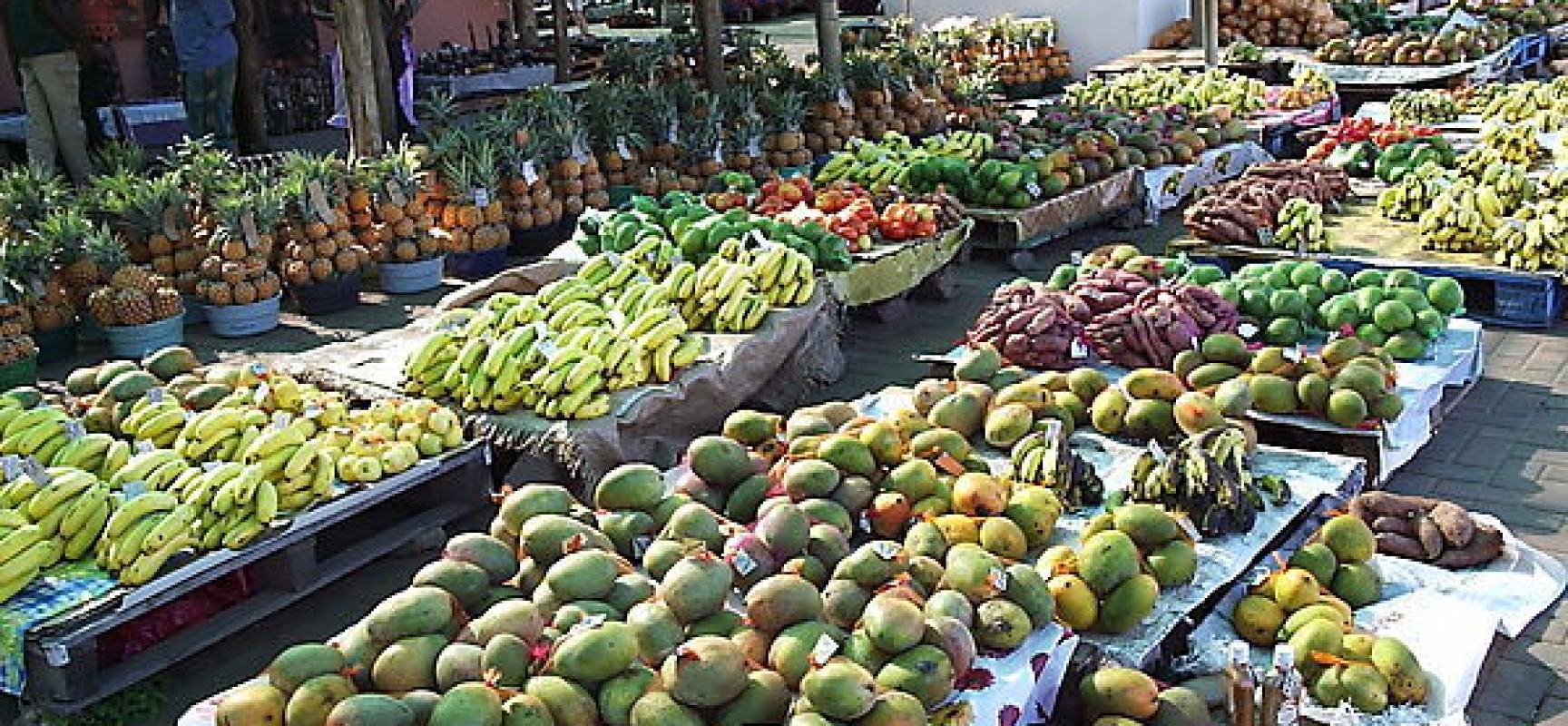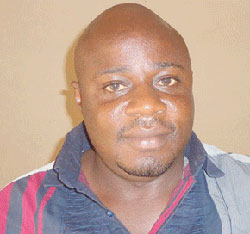By IKEOGU OKE —
In two recent newspaper publications, two prominent Nigerians revealed their awareness of President Muhammadu Buhari’s intimate concern for the power sector.
The first was Dele Momodu. In his column on the back page of This Day of July 18, 2015, entitled “An Afternoon with President Buhari”, he said: “The President confided in me that his three biggest worries are insecurity, corruption and power.”
The second was Femi Adesina, President Buhari’s special adviser on media and publicity. In his interview published on pages 13 and 14 of Saturday Vanguard of August 1, 2015, entitled “Anti-corruption: Buhari’s First Suspect Won’t Find It Funny”, he reportedly said: “One day I was talking with the President. If you hear what he expressed about power. He said, ‘Ah, if this government can fix power, it will touch every aspect of the lives of Nigerians. It will touch the artisans, touch everybody, touch industries everywhere.’”
I think every Nigerian should be gratified that, like some of his predecessors, President Buhari is particularly desirous of making power work for the Nigerian people, in addition to fighting insecurity and corruption.
Also, two of his predecessors deserve credit for bringing power to the fore of the nation’s consciousness and sustaining it there during their tenures.
The administration of former President Olusegun Obasanjo, for instance, saw to the emergence of the landmark Electricity Power Sector Reform (EPSR) Act 2005, which gave legal backing to the power sector reform whose proper implementation should reposition the power sector for efficiency and profitability. His administration also established the National Integrated Power Project (NIPP), comprised of ten new gas-powered plants cited around the country with a total generating capacity of 4,775 megawatts.
The NIPP plants (with their corresponding generating capacities) are cited at the following locations: Calabar (561 megawatts), Egbema (338 megawatts), Ihovbor (451 megawatts), Gbarain (225 megawatts), Sapele (451 megawatts), Omoku (225 megawatts), Alaoji (961 megawatts), Olorunsogo (676 megawatts), Omotosho (225 megawatts), and Geregu (434 megawatts). Authoritative records show that those NIPP plants that have not been commissioned have, on the average, passed the 80 per cent completion stage. But those that have been commissioned hardly generate at full capacity.
In seeming continuation of the drive of the Obasanjo administration to develop the power sector in implementation of the EPSR Act 2005, the administration of former President Goodluck Jonathan launched the Roadmap for Power Sector Reform, which articulated a framework for fast-tracking the power sector reform and ensured that power remained perhaps the most talked about developmental issue under the administration.
The Jonathan administration also implemented the privatisation of the power sector reform as provided by the EPSR Act 2005, leading to a paradigm shift in the business and developmental model of the power sector through a process the United States Deputy Assistant Secretary of State for Energy Transformation, Dr. Robert Ichord, descried as “the most comprehensive and most transparent transaction in recent history,” judging by his “over thirty years’ experience in privatisation.”
In all, it is a positive sign that President Buhari wishes to fix power so as to “touch every aspect of the lives of Nigerians” as revealed by Mr. Adesina, that he would rather not allow the torch of the desire to provide reliable power to Nigerians to stop burning in his grip.
However, there is a general criticism that, despite the effort of past administrations, the result in terms of generated power, which stood at 3,155 megawatts on May 29, 2015, when former President Jonathan handed over to President Buhari, does not justify the “huge” investments in power since President Obasanjo’s administration.
And though this criticism is hardly backed by reliable analyses of the cost of developing the power sector from period and so may or may not be justified, it prompts a pertinent question as to what President Buhari can do differently to achieve better results especially in terms of power generation as the fundament of power availability.
The Nigerian power situation, to drive it home to the layman, can be compared to calling a feast and realising that the number of invited guests far outstrips the amount of food available. So the solution is to make provision for more food (comparable to generating more power) and ensuring its conveyance (comparable to the transmission and distribution of generated power) to the guests. This will forestall cases of disappointed guests leaving without food or the chaos of some quests scrambling for the inadequate food (comparable to the many desperate measures Nigerians take in response to the country’s inadequate power supply).
In response to the question of what President Buhari can do to achieve better results in power, I have the following suggestion.
He should focus government’s effort in the power sector on bringing all the NIPP plants’ 4,775 megawatts generation capacity on stream. This will raise the country’s generated power to about 9,000 megawatts or more than double the current value. And this can be achieved by completing the average of 20 per cent remaining work on the yet-to-be-commissioned NIPP plants and ensuring that those already commissioned generate at full capacity.
Indeed, gas remains an issue in the sustainability of the NIPP plants in service. But Nigeria’s problems with utilising its huge gas reserves to generate its own power strikes me as comparable to someone having a nose and still looking for a means of sneezing. Absurd does not adequately describe the situation. My people of Ohafia, in southeastern Nigeria, have a saying I believe has equivalents in other Nigeria languages/dialects: “Ife kpa gi, ga akpa ife gi.” (“If a need grabs you, you grab what belongs to you.”) Nigeria should “grab” its gas to solve its power problems, while focussing primarily on its interests and those of its citizens as I believe any serious nation would do in a similar situation.
Focussing on making all the NIPP plants fully operational would entail prioritising in a way that repositions power as a Buhari agenda without necessarily jettisoning the holistic development of the power sector. Such prioritising is necessary in the light of present economic realities, as the paucity of funds due to dwindling oil revenue could force a reduction of government spending on the development of the power sector.
Besides, the NIPP plants, being so near completion, are what the former Minister of Power, Prof. Bart Nnaji, rightly described as “low-hanging fruits.”
The Buhari administration can, with far less effort than it may need to complete new power projects, pluck and secure these fruits in the country’s power generation basket, as it were, and more than double the current value of its generated power with astonishing improvements in the economy and living standards of its people.
#
Oke, a public affairs analyst, worked in the then National Electric Power Authority (NEPA) and has served in various other capacities in the Nigerian power sector.










